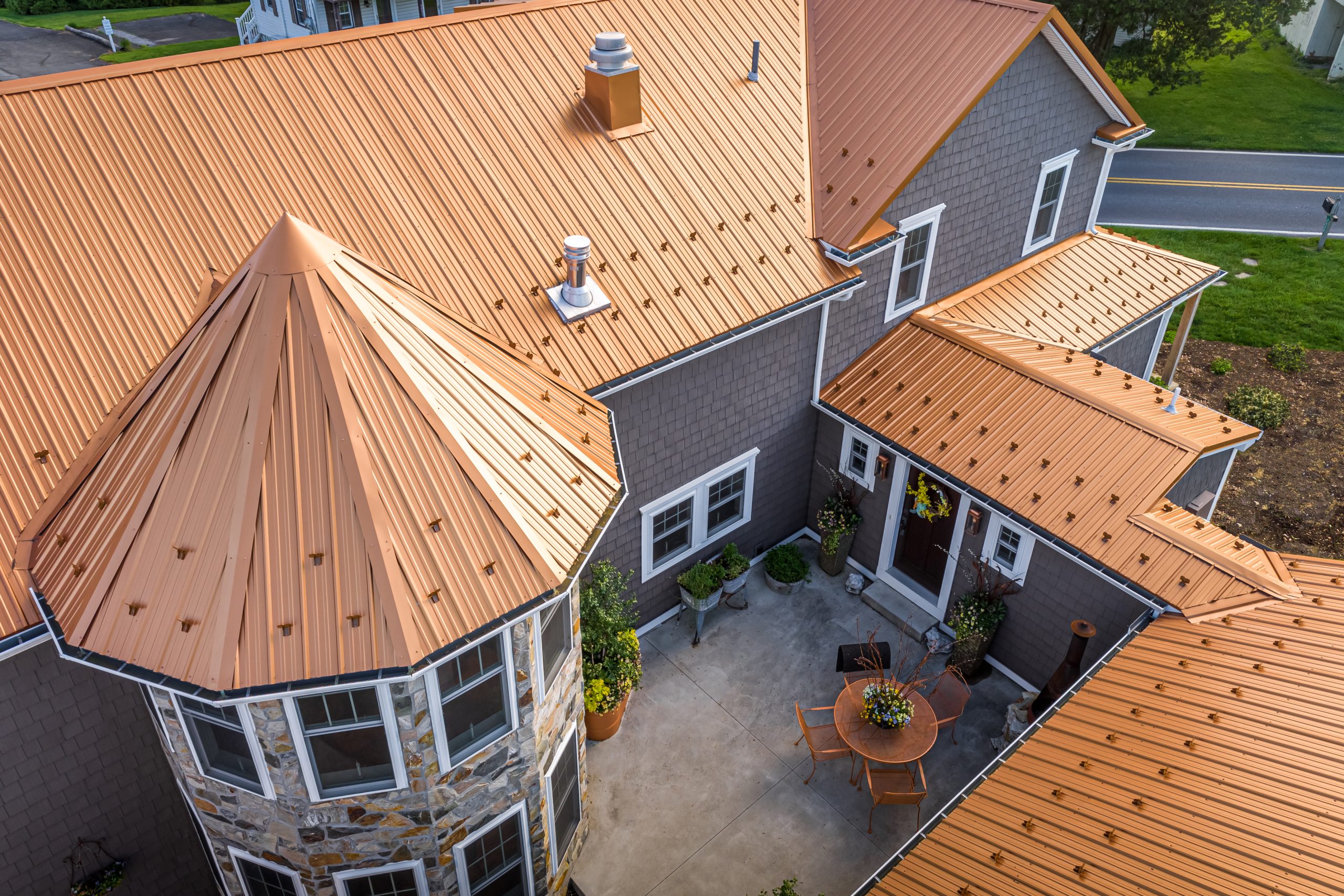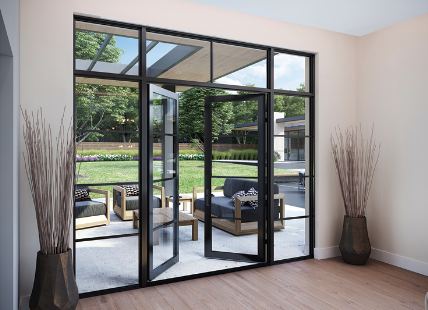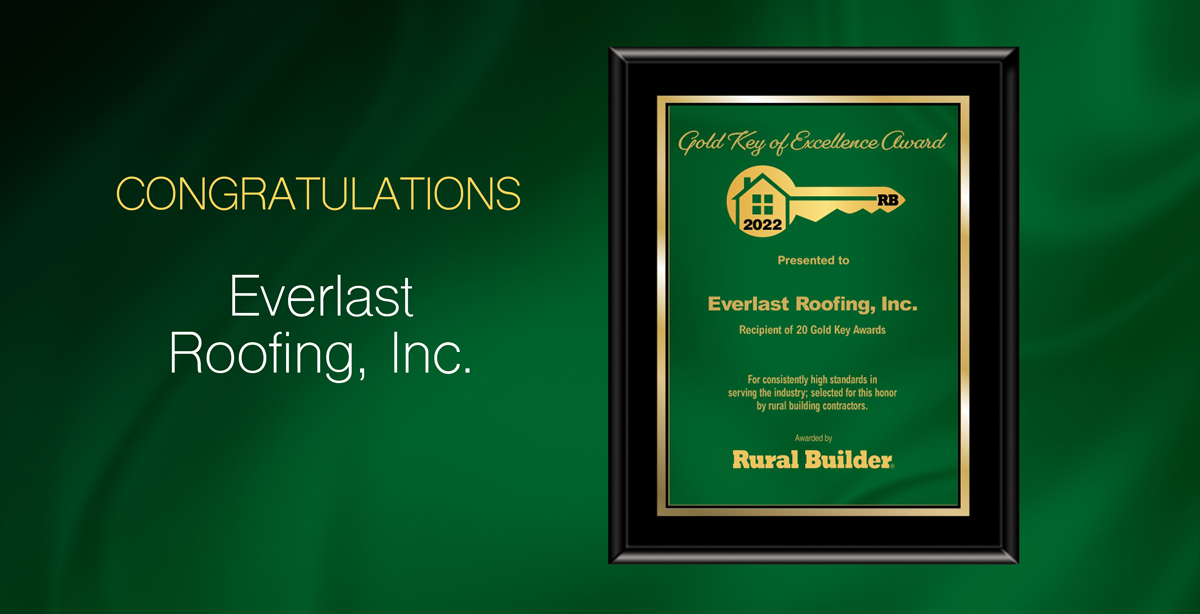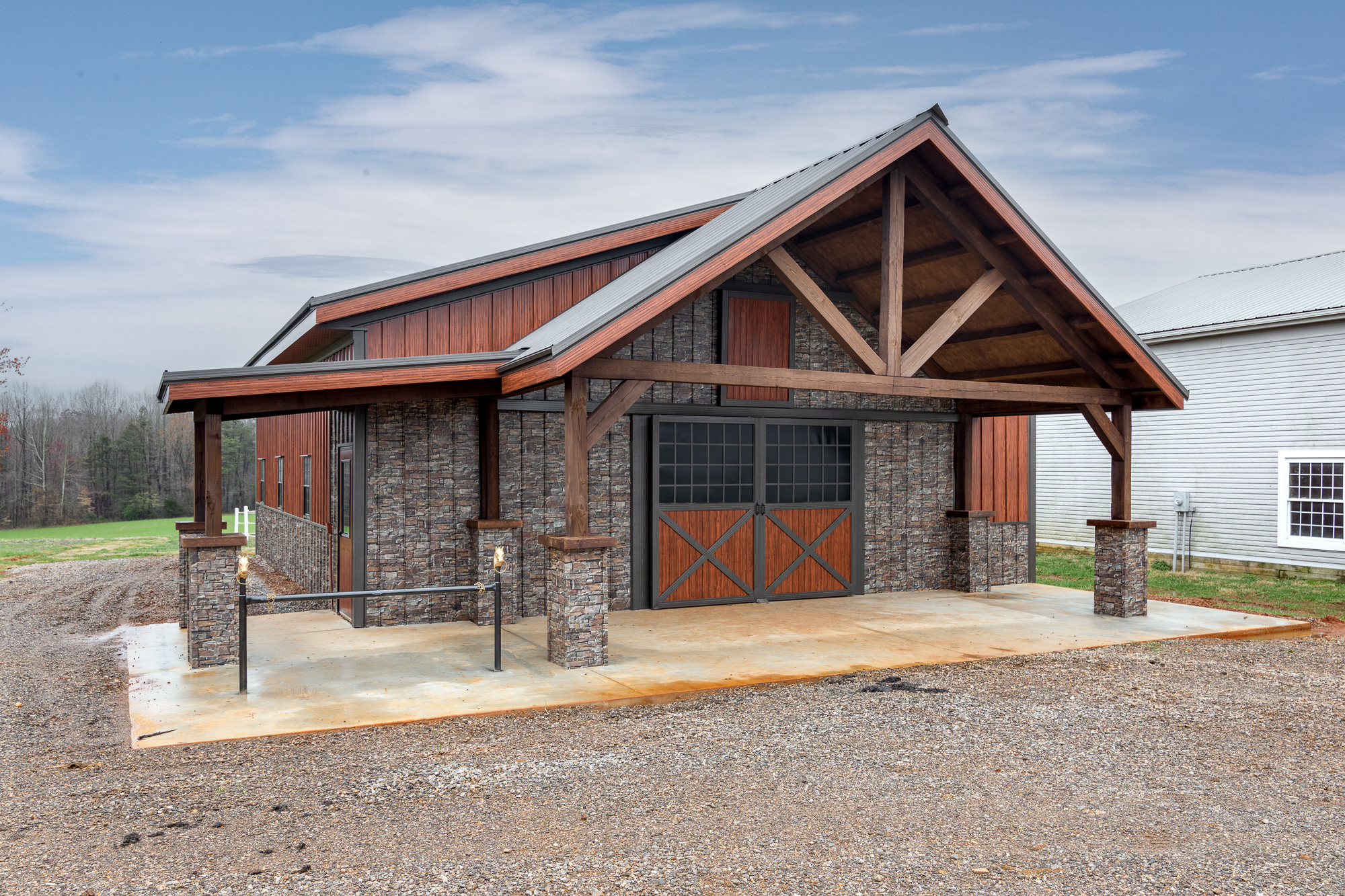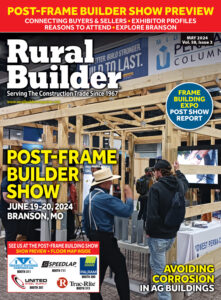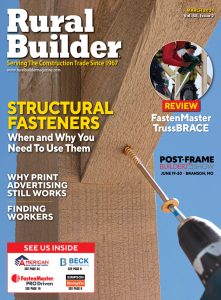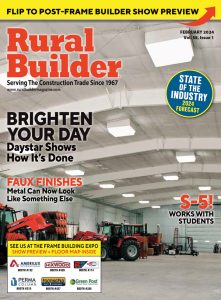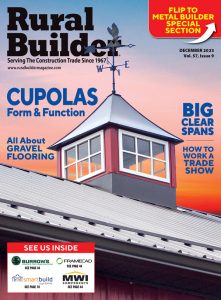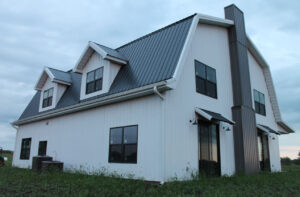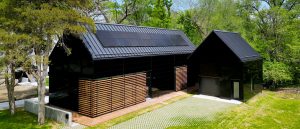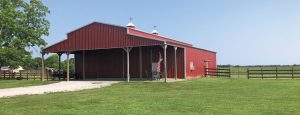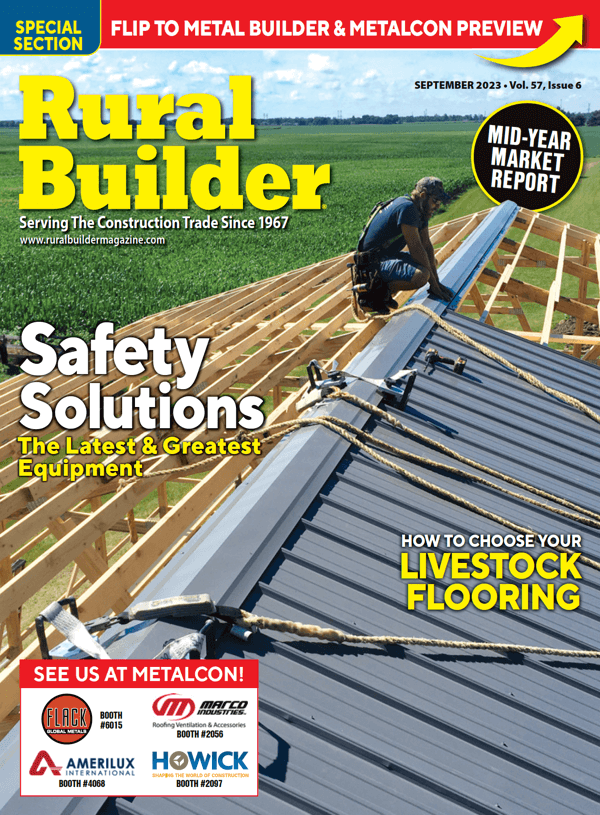Snow guards are literally lifesavers and preservers of foundations, but they are not without their challenges. Some of those challenges are addressed by the snow guard pros.
The Snow Guards Slide Off The Roof Along with the snow
One of the most-heard challenges is that snow guards do not always stay put. There can be a number of reasons for this.
One issue could be that you are trying to adhere the guards to a “non-stick” system. A Kynar paint system is one molecule removed from Teflon, and if the guard is held in place by an adhesive, sunlight can break it down. This is especially true of clear guards. Further, a climate in which the freeze/thaw cycle is continuous is hard on adhesive.
Sometimes the problem is that the installer didn’t use enough adhesive.
The solution to these adhesive problems is to attach the guards with mechanical fasteners. Some experts recommend that you use adhesives and a screw; the combination is pretty strong.
A Shield Wall Media survey showed that approximately 13% of installations involve adhesive alone. If you hesitate to use mechanical fastenings because you don’t want holes in your metal roof, there are clamps that can be used; the set screw will pinch the panel and dimple the rib of the standing seam, but there will be no hole or leakage.
If you have affixed the snow guards to the roof with screws, it could be that the screws are too small and do not have enough grip so they will easily fall out. For instance, a size 10 does not create enough surface tension or have enough shear strength; a #12 or #14 should do the trick.
A more unusual challenge could be that there is not enough under-roofing. Snow guards need 1/2” or 3/4” plywood. Some experts say you should fasten to dimensional lumber rather than plywood for mechanical fastening.
Another scenario is that the installer may not have used enough guards. They should be spaced no more that 12” apart. Also, the screws need to be tightened appropriately. The resolution to these problems are simple: consult with the manufacturer regarding the number of guards needed before installation.

If the guard left adhesive residue behind, clean it up with alcohol wipes, reglue and/or re-screw the guards and beef up the system to avoid a recurrence of snow guard failure.
What Warranty?
Some snow guards are sold without a warranty or with a very negligible one. Our experts are split on this. On the one hand, some say that a warranty is a gauge of how long the guards are expected to last and you are assured that if you have followed the manufacturer’s directions, then liability is on the manufacturer. Others say that if you have followed the manufacturer’s recommendations, a reputable company should stand behind the product anyway.
Over 90% of the time when claims are checked out, it ends up that it is installer error. However, all experts agree that even if you have followed the manufacturer’s specifications, an unusual weather event can take its toll; therefore you may want to plan for more extreme weather than the average. Work with your manufacturer to decide what is right for your project.
One thing warranties do not cover is the roof’s coating, so you will want to be cognizant of that as you apply snow guards.
Guard Detail
How many guards does it take to break up the snow drifts properly? Some builders struggle with this question.
The experts agree that if you are trying to figure this out on your own, it can be difficult. You figure out the average snow fall from the last 20 years in the area you are working in and the snow load rating in pounds per square inch of the guards you are using. But errors can be costly.
The good news is that you don’t have to figure it out on your own. In fact, you shouldn’t. The manufacturer will most likely have a calculator online into which you can enter dimensions, location (you may need the snowload), and type of roof and the calculator will tell you what you need. Even without a calculator, a phone call to the manufacturer should clear up any questions about how many snow guards a job requires. In fact, you should be able to get a layout for a custom job.
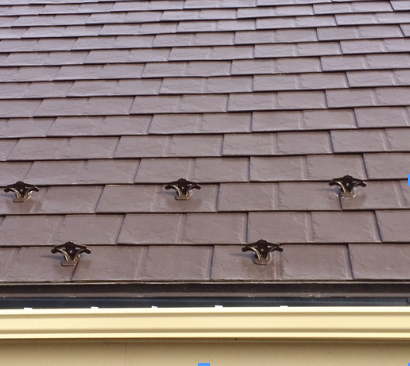
Lay It Out For Me
While the pros tend to agree that how many guards you need should be pretty straightforward if you’ve measured your roof properly and worked with your snow guard manufacturer, they also say that placement can be a little trickier. Some installers believe they have followed the manufacturer’s directions and yet they come to find out that the guards were incorrectly placed.
One aspect of snow guard placement is how to lay them out: at the eave, in the middle of the roof, nearer the ridge? Traditionally at least one row is installed at the eaves, but there can be debate if there should be multiple rows distributed evenly up the roof and, according to some, that can be preference or aesthetic. Generally, guards are placed between the ribs, but whether they are placed between or on the ribs, no rib should be skipped.
Confusion can result when manufacturers talk about staggering. Staggering means going across the roof, place one guard 2 feet from the eave, then at the next rib place it 4 feet from the eave, and continue down the roof in this way: 2 feet, then 4 feet, then 2 feet, then 4 feet for a staggered or zigzag effect.
Experts are in agreement that you should plan your snow guard system based on information from the manufacturer. Our industry survey showed that about 80% do so and about another 5% use an engineer’s plan or their own software.
Holey Roof
Sometimes when builders replace old snow guards, they discover that the old snow guards left holes in the roof. This can happen because the system was under-designed, either there weren’t enough guards or they were improperly placed, so they gave out when a heavy snow pulled on them, lengthening holes as the screws fell out.
When you come across this, the best thing to do is to fill those holes with an appropriate adhesive to avoid leaks. However, filling the hole with caulk is just a short-term solution. Follow up with a screw one or two sizes larger for gripping power and add a washer, thereby filling and covering the hole.

Another piece of advice: If you are installing a snow guard system in a geographic location that experiences a lot of snowfall, use a higher-quality product. Further, you should always work with a reputable company. Ask for their testing standards and look for a company with a history of standing behind their product.
It will save you money in the long run. RB


